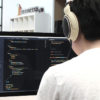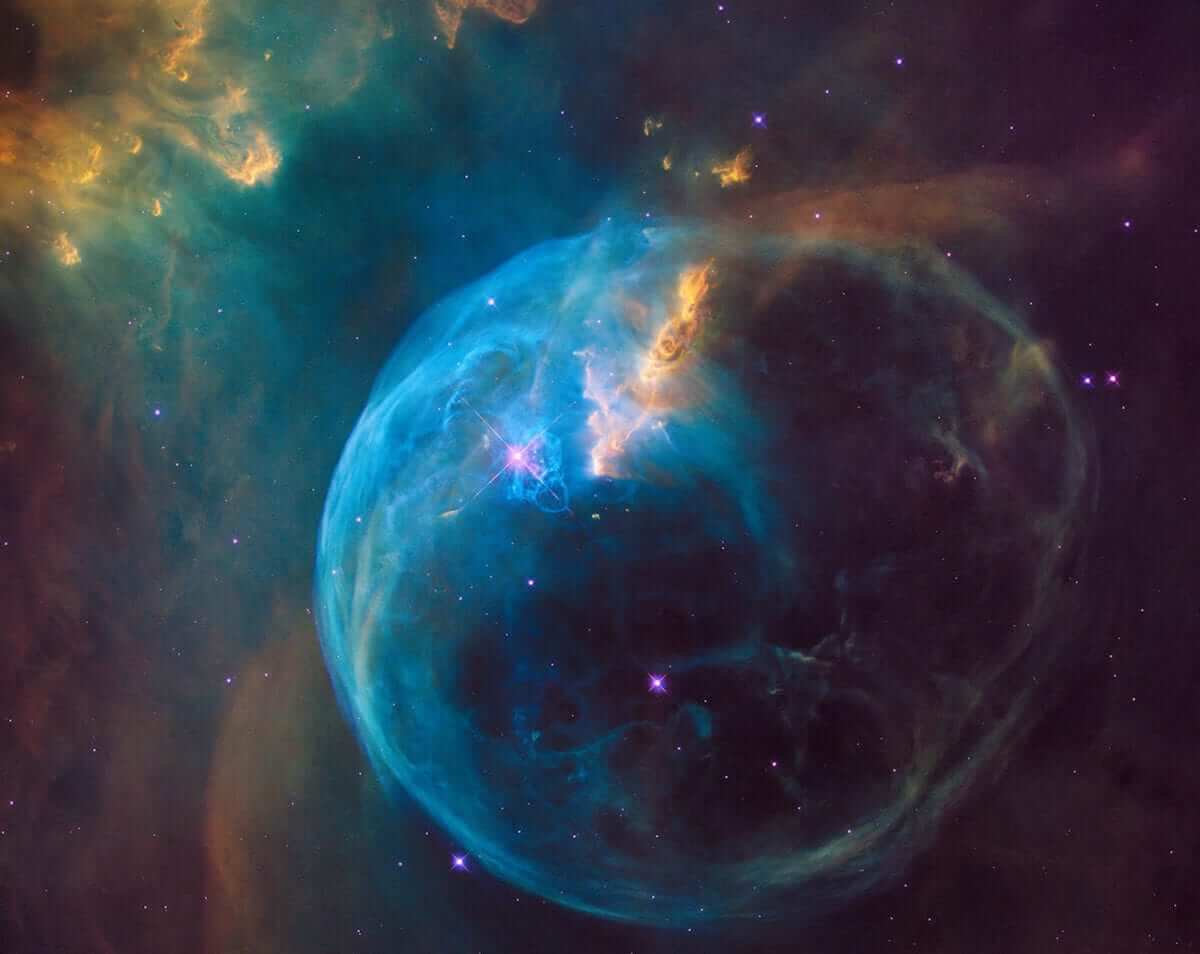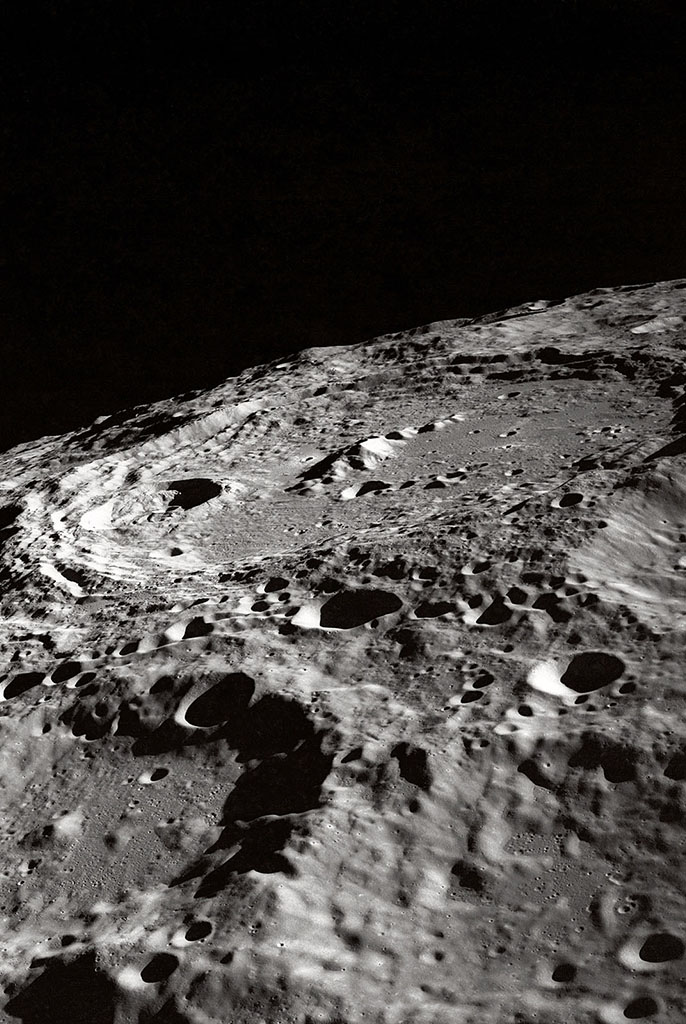For search and rescue, AI is not more accurate than humans, but it is far faster.
Recent successes in applying computer vision and machine learning to drone imagery for rapidly determining building and road damage after hurricanes or shifting wildfire lines suggest that artificial intelligence could be valuable in searching for missing persons after a flood.
Machine learning systems typically take less than one second to scan a high-resolution image from a drone versus one to three minutes for a person. Plus, drones often produce more imagery to view than is humanly possible in the critical first hours of a search when survivors may still be alive.
Unfortunately, today’s AI systems are not up to the task.
We are robotics reseachers who study the use of drones in disasters. Our experiences searching for victims of flooding and numerous other events show that current implementations of AI fall short.
However, the technology can play a role in searching for flood victims. The key is AI-human collaboration.

Drones have become standard equipment for first responders, but floods pose unique challenges.
Eric Smalley, CC BY-ND
AI’s potential
Searching for flood victims is a type of wilderness search and rescue that presents unique challenges. The goal for machine learning scientists is to rank which images have signs of victims and indicate where in those images search-and-rescue personnel should focus. If the responder sees signs of a victim, they pass the GPS location in the image to search teams in the field to check.
The ranking is done by a classifier, which is an algorithm that learns to identify similar instances of objects – cats, cars, trees – from training data in order to recognize those objects in new images. For example, in a search-and-rescue context, a classifier would spot instances of human activity such as garbage or backpacks to pass to wilderness search-and-rescue teams, or even identify the missing person themselves.
A classifier is needed because of the sheer volume of imagery that drones can produce. For example, a single 20-minute flight can produce over 800 high-resolution images. If there are 10 flights – a small number – there would be over 8,000 images. If a responder spends only 10 seconds looking at each image, it would take over 22 hours of effort. Even if the task is divided among a group of “squinters,” humans tend to miss areas of images and show cognitive fatigue.
The ideal solution is an AI system that scans the entire image, prioritizes images that have the strongest signs of victims, and highlights the area of the image for a responder to inspect. It could also decide whether the location should be flagged for special attention by search-and-rescue crews.
Where AI falls short
While this seems to be a perfect opportunity for computer vision and machine learning, modern systems have a high error rate. If the system is programmed to…


